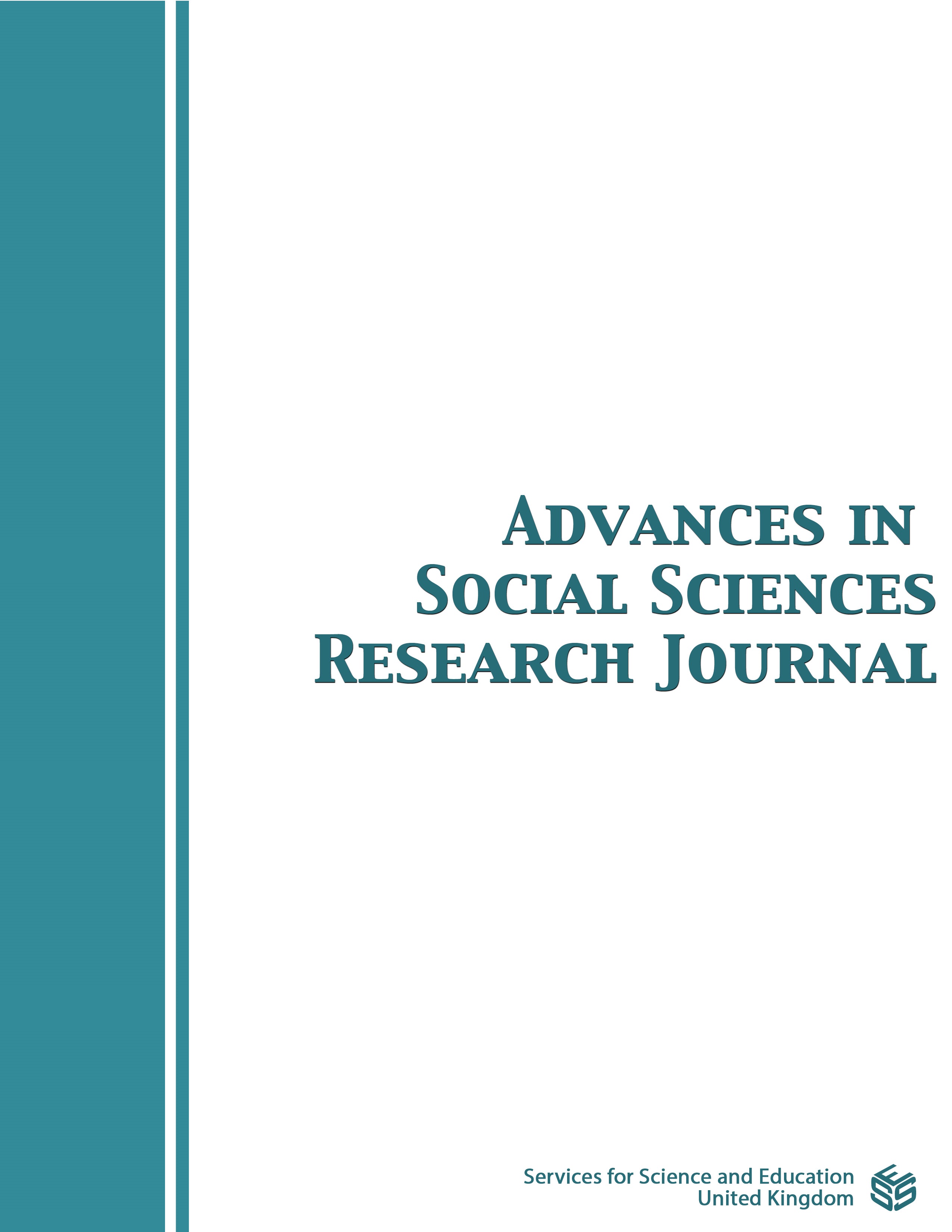Originality of Philosophical Methodology of Qādiyānīyya and Ismāʻīlīyya Sects
DOI:
https://doi.org/10.14738/assrj.104.14545Keywords:
Qādiyānīyya, Philosophy of Prophecy, Esoteric Ismāʻilīyya Sect, Neo-Platonic philosophy, Eliminationist Philosophy of Emanation of HeliopolisAbstract
Shiites believe that the Prophet Muḥammad is the last prophet, but the Imam is infallible also to them as well as the prophet. However, Qādiyānīyya sect sees that the door of prophecy is still open. They believe that Mirzā Ghulām Aḥmad was a Prophet, and that despite this fact that all Muslims believe that Muḥammad was the last Prophet. “Qādiyānī” is an attribution to (Qādiyān), which is a place in the state of (Punjab) in India, where Mirzā Ghulām Aḥmad was born and claimed the prophet-hood. Qādiyānism is made to impersonate the identity of Islamic message and considered a mass fraud. It is the slander and mockery of the prophet-hood of Muḥammad and his message. The difference between Qādiyānīyya and Esoteric Ismāʻīlīyya sects is that Shiites are considered one of the Islamic sects, but Qādiyānīyya sect are considered a non-Muslim minority, so as stated in the fatwas issued by the theologians and scholars of Islam in every Arab-Islamic country that it is a sect misguided and has a false claim that Mirzā Ghulām Aḥmad invented a new religion named Qādiyānīyya. Qādiyānī religion is just a repeating the old drum of the philosophy of Esoteric Ismāʻīlīyya and the social philosophy of Qarāmiṭa. It is adopted by British colonialists. The philosophy of interpretation of Qur’anic verses to Esoteric Ismāʻīlīyya had not grown in Islamic land, but it was resulted from the intellectual Hermes approach of Harran from Sabean and the philosophy of Eliminationists generated by the theory of Emanation of New Platonism.
Downloads
Published
How to Cite
Issue
Section
License
Copyright (c) 2023 Salahuddin Mohd. Shamsuddin

This work is licensed under a Creative Commons Attribution 4.0 International License.
Authors wishing to include figures, tables, or text passages that have already been published elsewhere are required to obtain permission from the copyright owner(s) for both the print and online format and to include evidence that such permission has been granted when submitting their papers. Any material received without such evidence will be assumed to originate from the authors.






